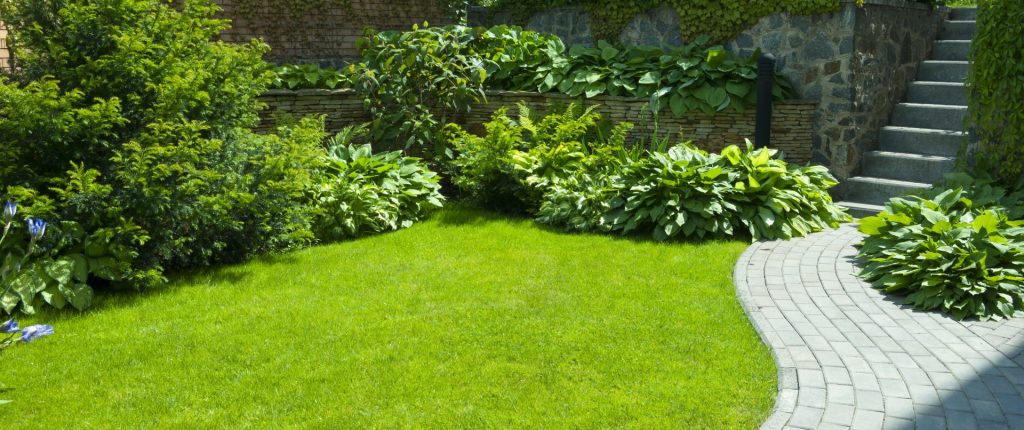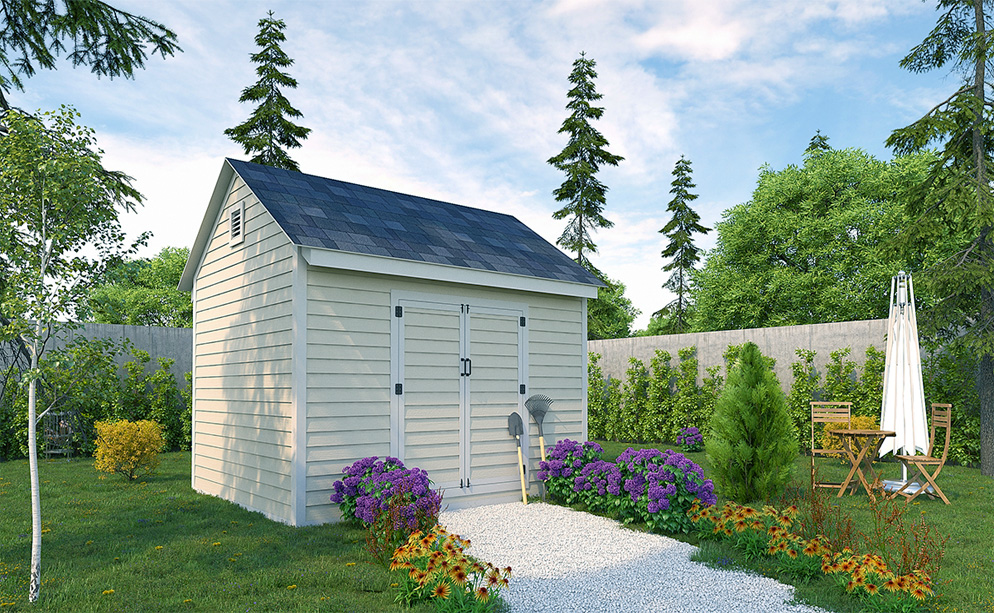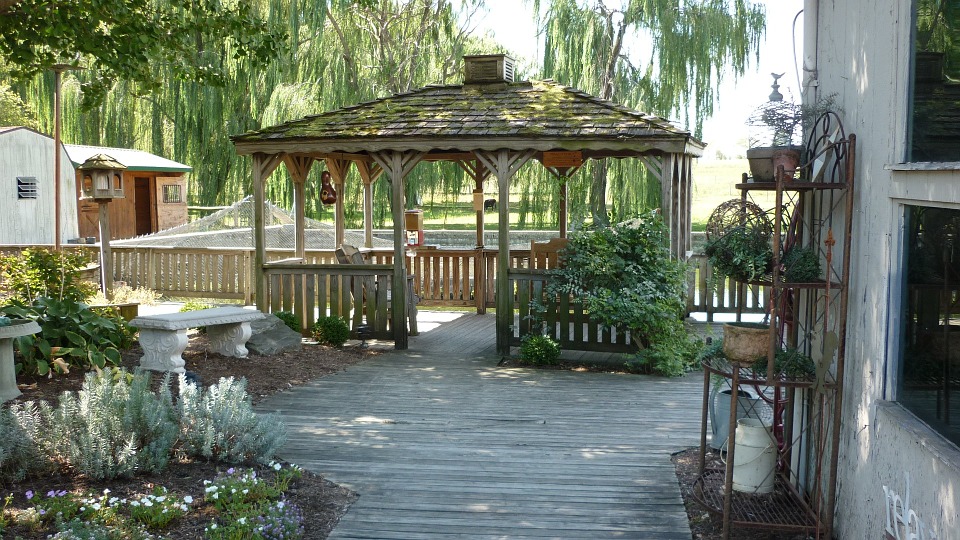Your pool is much more than a luxury, it’s a major investment that you’ve likely put a lot of money into maintaining. So when the weather starts to shift from the balmy summer to the brisk fall, you need to act quickly to get it ready for the freezing winter ahead. Insufficient preparation can wreak havoc on your pool. By the time spring comes, you’ll have burst pipes, ruined filters, and an algae-ridden body of water to deal with.
We’ll discuss the most essential things you can do to prepare your pool for winter so when next spring comes, you can open it with no problem.
When is the Best Time to Close a Pool?
Depending on where you live, the time to change your pool is different. If you live on the west coast, for example, you likely never have to worry about closing your pool. For people on the east coast and throughout the midwest, however, it’s often best to close your pool towards the end of September.
The time to close your pool depends on the temperature. It’s important to fully close your pool before it gets too cold out, or a number of issues may occur. The temperature will also depend on your location, but once the fall chill does start to creep in, it’s time to put the swimsuit and beach towels away.
How to Properly Prepare Your Pool
1. Clean the Pool
Before you think about throwing your pool cover on and forgetting about your pool until next spring, it’s important to clean it. Scrub the walls and floor of the pool as best as possible, vacuum any leftover dirt, and clean all debris from your filters. This will prevent excess algae from building up over the next few months, preserving the integrity of your pool as a whole until next year.
2. Test the Levels
Although you won’t be swimming in your pool until the weather gets warmer, you should test the water’s levels to make sure the pH, and minerals are balanced. Once you’ve balanced everything, add winter chemicals to prevent algae from infesting the water.
Algaecide and pool enzymes can provide sufficient protection and ensure the water remains clear until you open it again. Shocking the pool one last time and adding chlorine tablets can also help.
3. Lower Water Level
It’s important to lower the water level before covering the pool. There are a number of types of pool covers, so make sure you understand the requirements based on your type of color. You can find this information by searching the brand or calling the manufacturer.
Blowing out your pool’s lines is essential before the winter weather comes in. If you don’t, your pipes will likely freeze, burst, and force you to spend a lot of money replacing them. It’s best to hire a professional for this as it can be tricky. Antifreeze can also be used to further prevent any burst pipes. If you’re concerned, you can call your local plumber.
4. Cover Pool
Before you can finally put the cover on your pool, be sure to remove any ladders, rails, and other accessories from the water. Leaving them in the water throughout the winter could cause them to rust, especially if you have a saltwater pool.
Now that all preparations have been taken care of, you can put your pool cover on and set up your pool pump if necessary. Some pool covers are made to withstand all weather, but there are types that take a little more care. You may have to help keep the cover in good standing, such as removing snow. Keep in mind there other steps and hacks when dealing with an above ground pool.
After properly preparing your pool, when you’ll be able to reopen your pool in the spring with little to no issue.
Tags: backyard, eco-friendly, energy efficiency, home improvement, pool




 There are certain vital principles that you must keep in mind when you are planning to landscape an area that has trees else. The desired results may not be achieved, and your landscaping can go wrong. Therefore, let us look at some of the issues that you must keep in mind when landscaping around the trees.
There are certain vital principles that you must keep in mind when you are planning to landscape an area that has trees else. The desired results may not be achieved, and your landscaping can go wrong. Therefore, let us look at some of the issues that you must keep in mind when landscaping around the trees.











